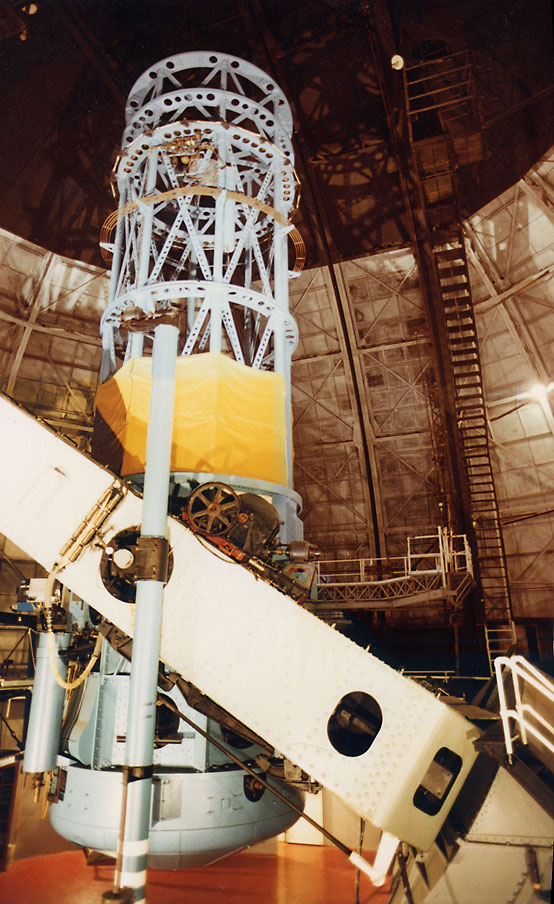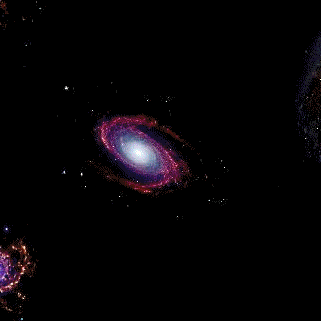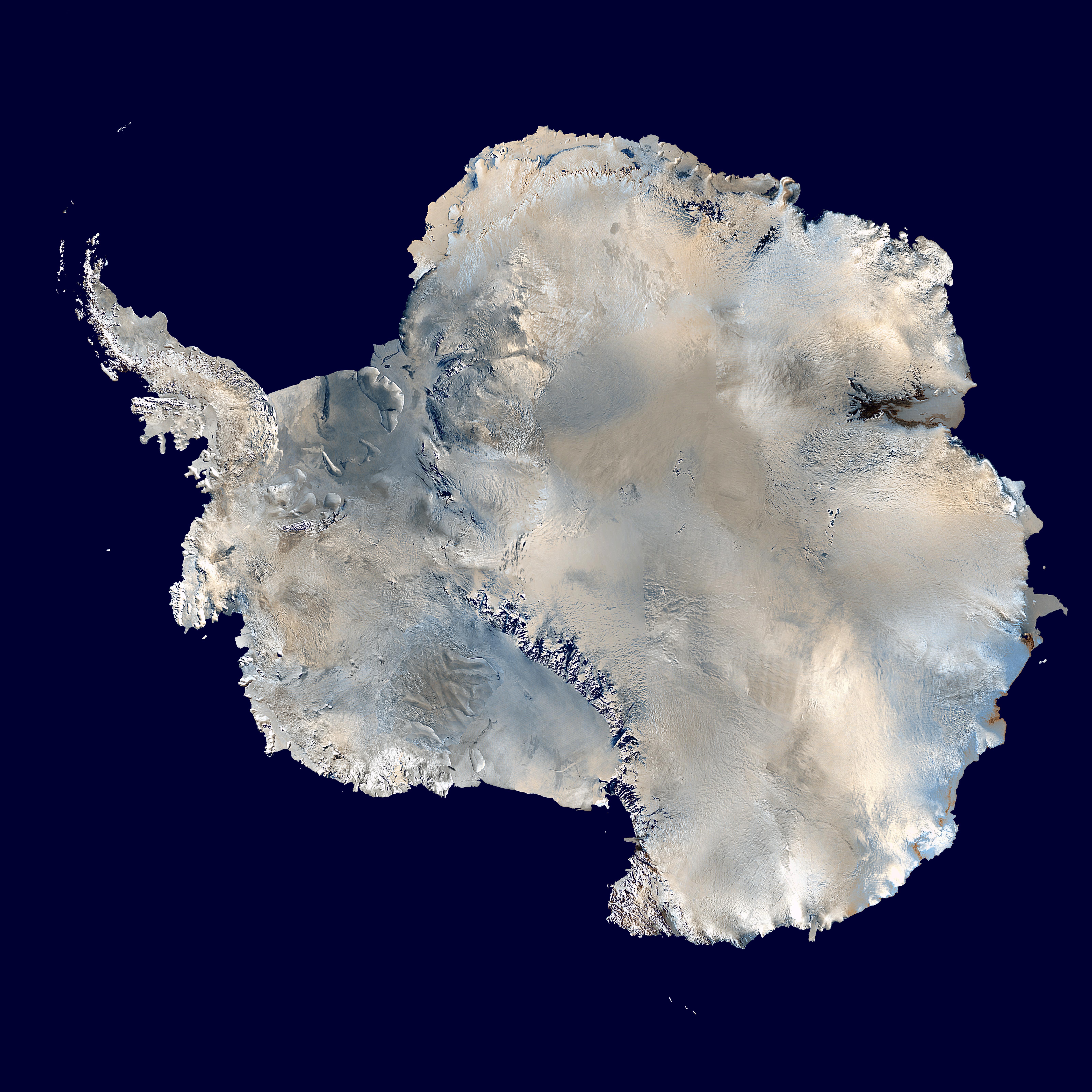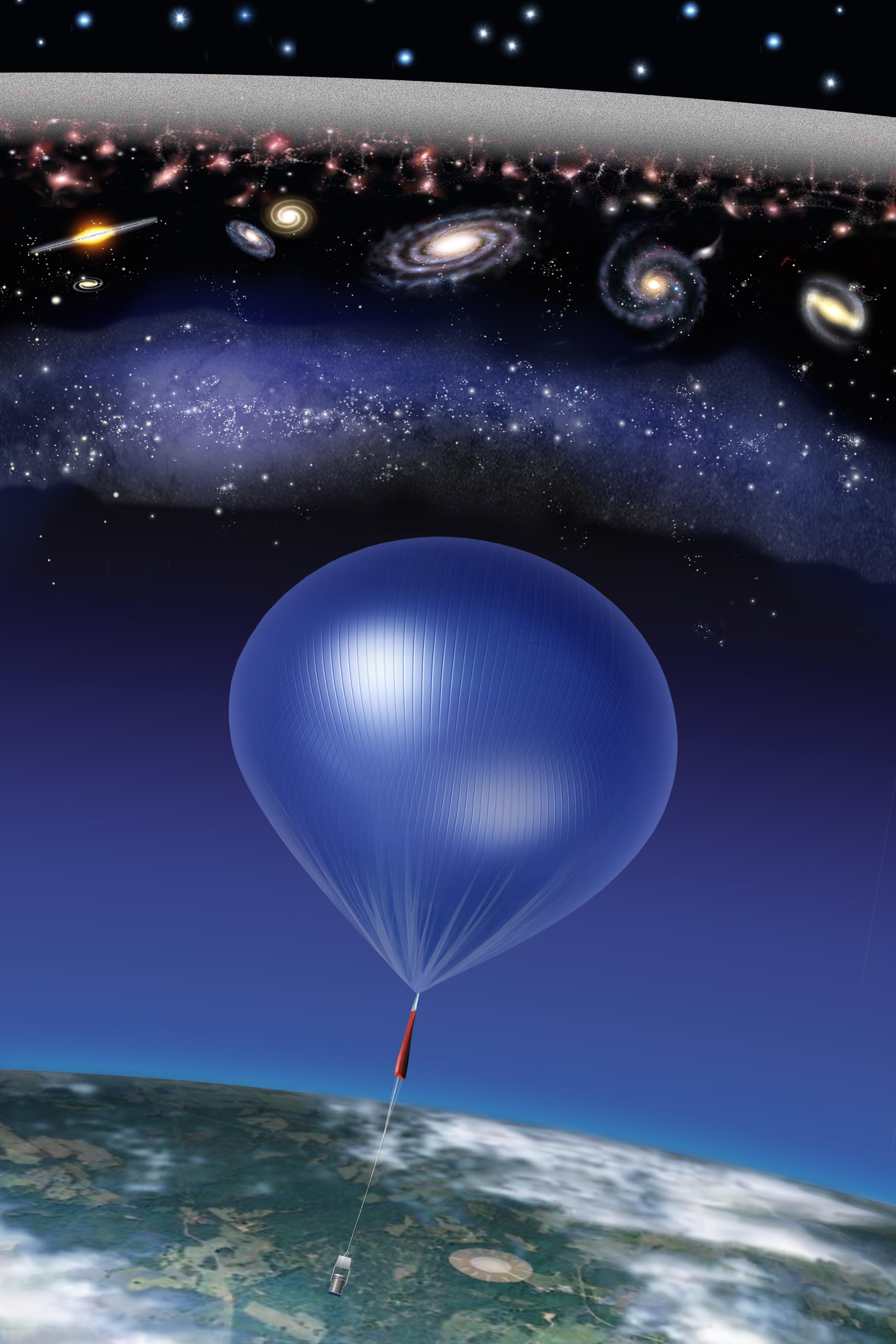|
Viper Telescope
The Viper telescope was mainly used to view cosmic background radiation. First operational in 1998, the telescope was used to help scientists prove or disprove the Big Crunch theory. The telescope was at the time also one of the most powerful of its kind. Previous cosmic background telescopes were smaller and less sensitive. It was decommissioned in 2005. Location The Viper telescope was located at the Center for Astrophysical Research, also known as (CARA) in the Amundsen-Scott station in Antarctica Antarctica () is Earth's southernmost and least-populated continent. Situated almost entirely south of the Antarctic Circle and surrounded by the Southern Ocean, it contains the geographic South Pole. Antarctica is the fifth-largest contine .... The Viper project was run by many scientists; team leader Dr. Jeffrey Peterson is a Carnegie Mellon astrophysicist. References External links National Science Foundation [...More Info...] [...Related Items...] OR: [Wikipedia] [Google] [Baidu] |
Cosmic Background Radiation
Cosmic background radiation is electromagnetic radiation from the Big Bang. The origin of this radiation depends on the region of the spectrum that is observed. One component is the cosmic microwave background. This component is redshifted photons that have freely streamed from an epoch when the Universe became transparent for the first time to radiation. Its discovery and detailed observations of its properties are considered one of the major confirmations of the Big Bang. The discovery (by chance in 1965) of the cosmic background radiation suggests that the early universe was dominated by a radiation field, a field of extremely high temperature and pressure. The Sunyaev–Zel'dovich effect shows the phenomena of radiant cosmic background radiation interacting with "electron" clouds distorting the spectrum of the radiation. There is also background radiation in the infrared, x-rays, etc., with different causes, and they can sometimes be resolved into an individual source. ... [...More Info...] [...Related Items...] OR: [Wikipedia] [Google] [Baidu] |
Telescope
A telescope is a device used to observe distant objects by their emission, absorption, or reflection of electromagnetic radiation. Originally meaning only an optical instrument using lenses, curved mirrors, or a combination of both to observe distant objects, the word ''telescope'' now refers to a wide range of instruments capable of detecting different regions of the electromagnetic spectrum, and in some cases other types of detectors. The first known practical telescopes were refracting telescopes with glass lenses and were invented in the Netherlands at the beginning of the 17th century. They were used for both terrestrial applications and astronomy. The reflecting telescope, which uses mirrors to collect and focus light, was invented within a few decades of the first refracting telescope. In the 20th century, many new types of telescopes were invented, including radio telescopes in the 1930s and infrared telescopes in the 1960s. Etymology The word ''telescope'' ... [...More Info...] [...Related Items...] OR: [Wikipedia] [Google] [Baidu] |
Big Crunch
The Big Crunch is a hypothetical scenario for the ultimate fate of the universe, in which the expansion of the universe eventually reverses and the universe recollapses, ultimately causing the cosmic scale factor to reach zero, an event potentially followed by a reformation of the universe starting with another Big Bang. The vast majority of evidence indicates that this hypothesis is not correct. Instead, astronomical observations show that the expansion of the universe is accelerating, rather than being slowed by gravity, suggesting that the universe is far more likely to end in heat death. The theory dates back to 1922, with Russian Physicist Alexander Freidmann creating a set of equations showing that the end of the universe depends on its density. It could either expand, or contract rather than stay stable. With enough matter, gravity could stop the universe's expansion, and eventually reversing it. This reversal would result in collapsing the universe on itself, not too ... [...More Info...] [...Related Items...] OR: [Wikipedia] [Google] [Baidu] |
Antarctica
Antarctica () is Earth's southernmost and least-populated continent. Situated almost entirely south of the Antarctic Circle and surrounded by the Southern Ocean, it contains the geographic South Pole. Antarctica is the fifth-largest continent, being about 40% larger than Europe, and has an area of . Most of Antarctica is covered by the Antarctic ice sheet, with an average thickness of . Antarctica is, on average, the coldest, driest, and windiest of the continents, and it has the highest average elevation. It is mainly a polar desert, with annual precipitation of over along the coast and far less inland. About 70% of the world's freshwater reserves are frozen in Antarctica, which, if melted, would raise global sea levels by almost . Antarctica holds the record for the lowest measured temperature on Earth, . The coastal regions can reach temperatures over in summer. Native species of animals include mites, nematodes, penguins, seals and tardigrades. Where ve ... [...More Info...] [...Related Items...] OR: [Wikipedia] [Google] [Baidu] |
Carnegie Mellon
Carnegie may refer to: People * Carnegie (surname), including a list of people with the name * Clan Carnegie, a lowland Scottish clan Institutions Named for Andrew Carnegie *Carnegie Building (Troy, New York), on the campus of Rensselaer Polytechnic Institute * Carnegie College, in Dunfermline, Scotland, a former further education college * Carnegie Community Centre, in downtown Vancouver, British Columbia *Carnegie Council for Ethics in International Affairs * Carnegie Endowment for International Peace, a global think tank with headquarters in Washington, DC, and four other centers, including: **Carnegie Middle East Center, in Beirut ** Carnegie Europe, in Brussels ** Carnegie Moscow Center *Carnegie Foundation (other), any of several foundations * Carnegie Hall, a concert hall in New York City * Carnegie Hall, Inc., a regional cultural center in Lewisburg, West Virginia * Carnegie Hero Fund *Carnegie Institution for Science, also called Carnegie Institution of Washing ... [...More Info...] [...Related Items...] OR: [Wikipedia] [Google] [Baidu] |
Cosmic Microwave Background Experiments
This list is a compilation of experiments measuring the cosmic microwave background (CMB) radiation anisotropies and polarization since the first detection of the CMB by Penzias and Wilson in 1964. There have been a variety of experiments to measure the CMB anisotropies and polarization since its first observation in 1964 by Penzias and Wilson. These include a mix of ground-, balloon- and space-based receivers. Some notable experiments in the list are COBE, which first detected the temperature anisotropies of the CMB, and showed that it had a black body spectrum; DASI, which first detected the polarization signal from the CMB; CBI, which made high-resolution observations and obtained the first E-mode polarization spectrum; WMAP; and the Planck spacecraft, which has produced the highest resolution all-sky map to-date of both the temperature anisotropies and polarization signals. Current scientific goals for CMB observation include precise measurement of gravitational lensi ... [...More Info...] [...Related Items...] OR: [Wikipedia] [Google] [Baidu] |



